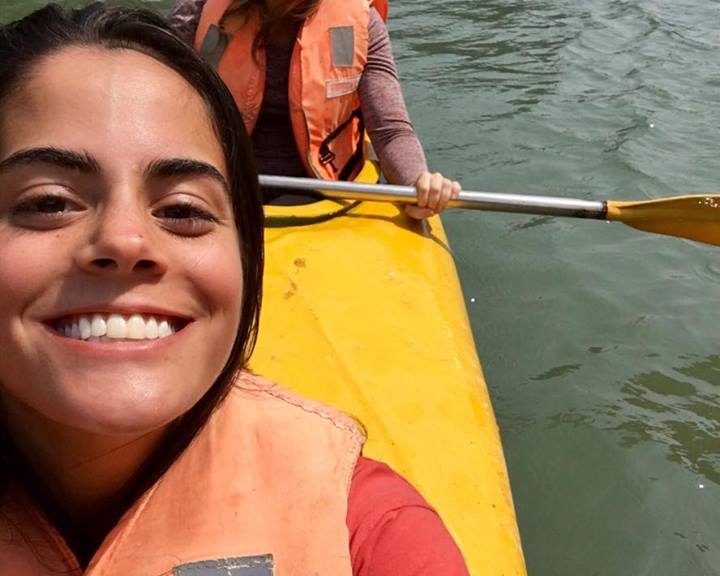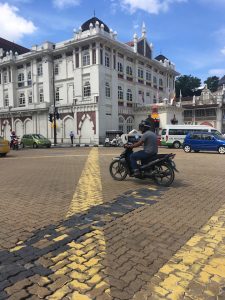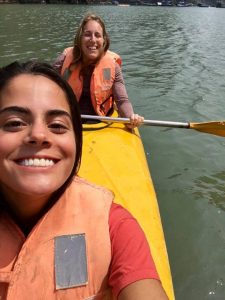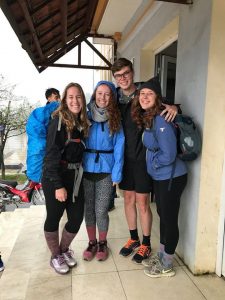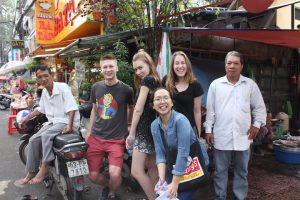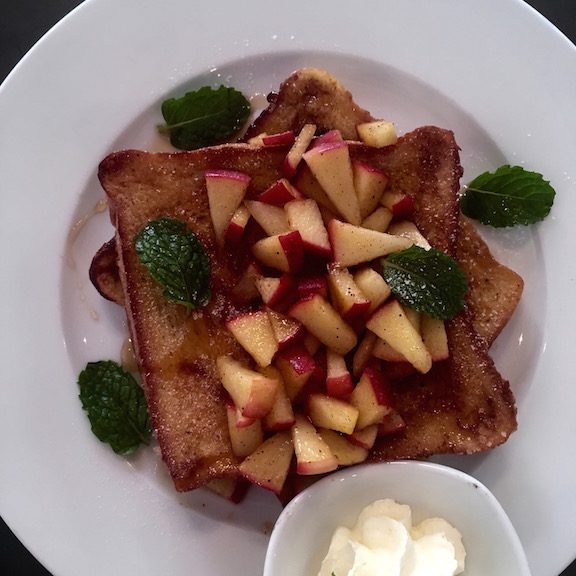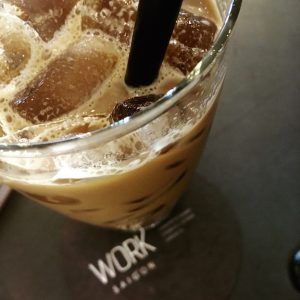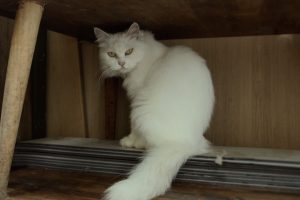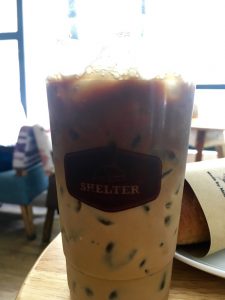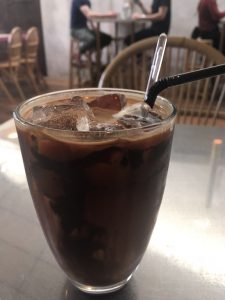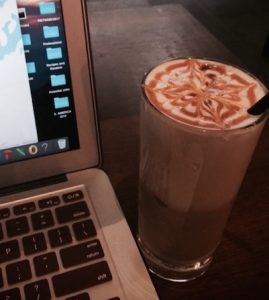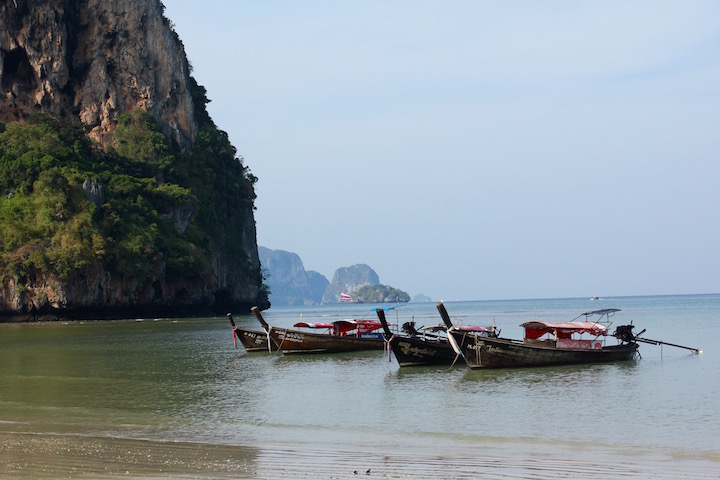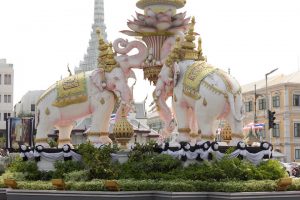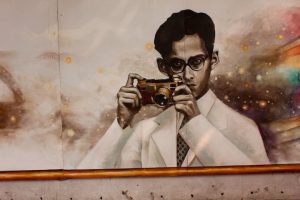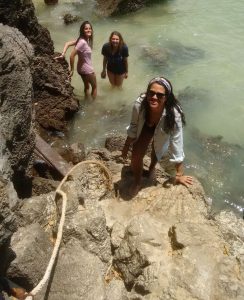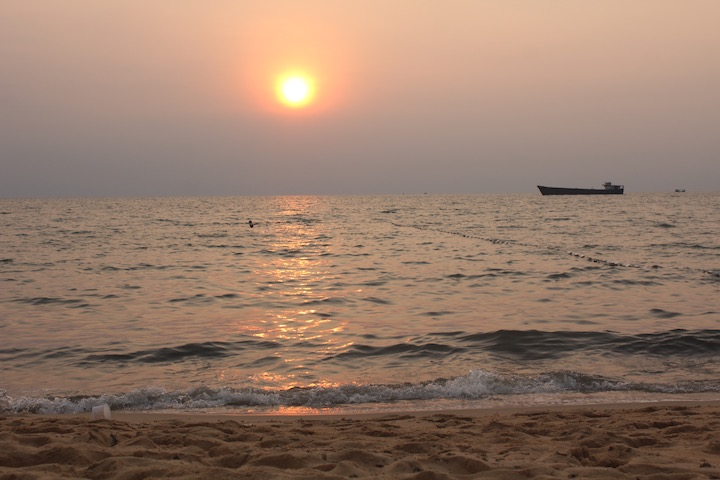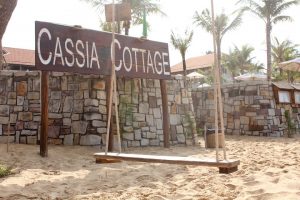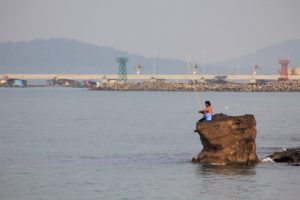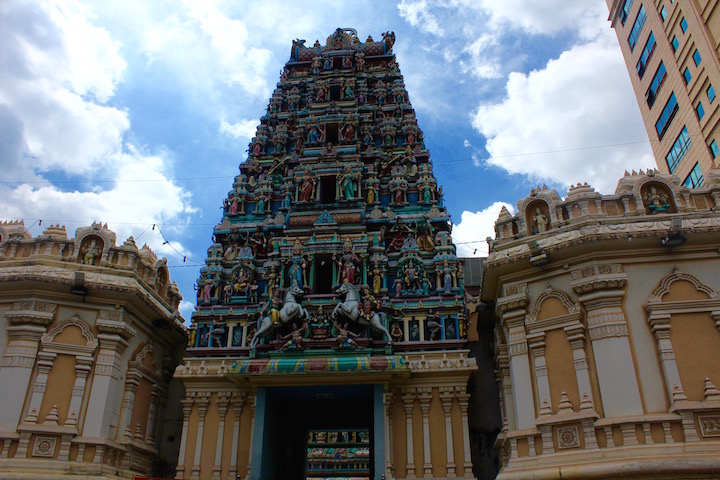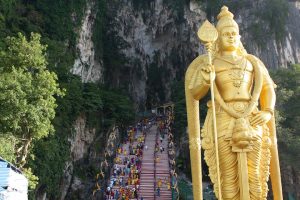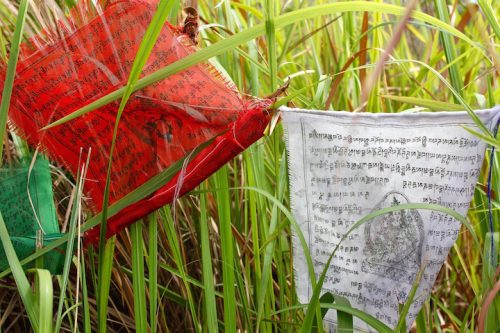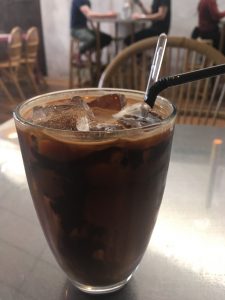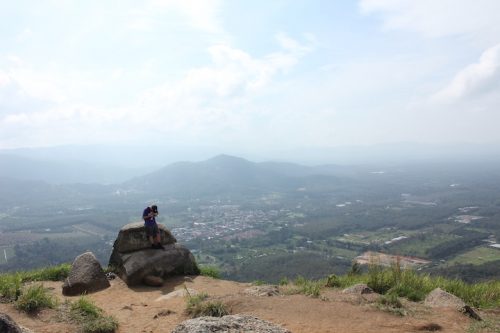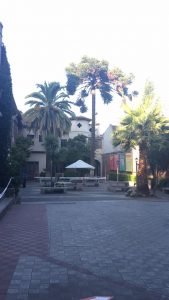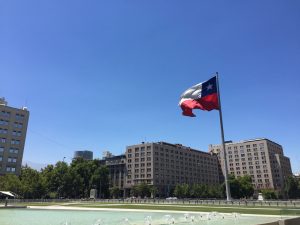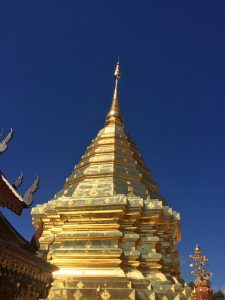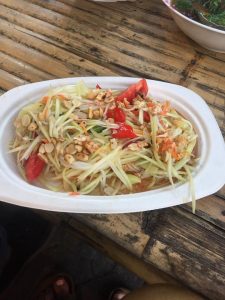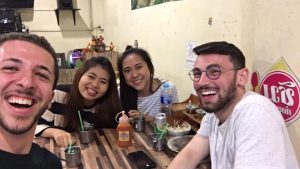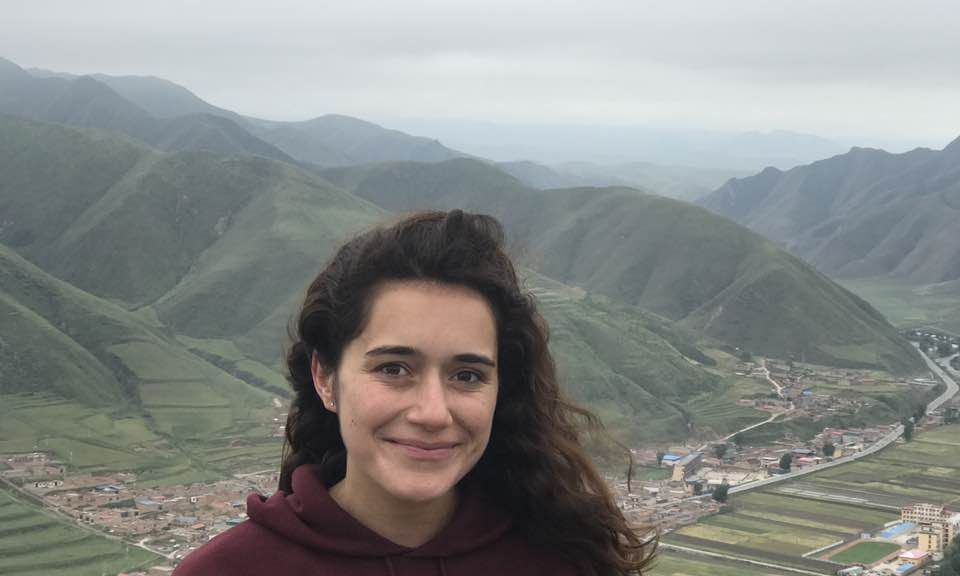
Before the Adventure Starts
As I prepare to go abroad to Beijing next semester, I feel a wide array of emotions: excitement, hope, happiness, gratitude, and nervousness. I made the choice to study in The Beijing Center my first semester studying at Loyola University Chicago. The departure day looked very far away that first semester, and now it is two months away. There was a chance, due to my financial situation, studying two majors, or getting cold feet sometimes, that I wouldn’t study in China. So, now it seems a little unbelievable that I have my plane ticket and my classes already scheduled.

It has been a long journey until this summer, the summer before one of the best experiences I know I will have in my young adult life. This last semester as a sophomore has especially been a long one, in which I learned I was granted the opportunity to study at Loyola’s center in Beijing and given all the information about my semester abroad. At first, it overwhelmed me and honestly, scared me a little bit at the same time that it excited me. I learned about expensive plane tickets, visa applications, light suitcases, intensive Mandarin classes, transportation in Beijing, food in Beijing, and on-campus life.
I had to take a moment and breathe deeply to realize all I needed was to take it step by step and know that it will all be worth it. All the stress of traveling to another country will pay off because I am going to be exposed to a completely different culture that I am fascinated with. I have always loved Chinese traditions and literature. My hair stands on an end when I think about reading Li Bao’s poems in the Summer Palace. My mouth waters when I think about all the different dishes I have the chance to taste around Beijing and any other Chinese city or town I visit. My mind flies when I think about all the small weekend excursions around Beijing and the long weekend trips to Chinese cities.
Not only will I be living in China’s capital for four months, but I will be traveling the Silk Road for two weeks before the academic term starts. The thought of visiting different villages and landscapes in China is slowly turning the nervousness in my gut into happiness. I am extremely grateful that The Beijing Center allows me to have such an adventure guiding us through one of the vastest and beautiful countries in the world. On my birthday, August 25th, I will be somewhere along the Silk Road, learning about a small town tradition or taking a walk through a unique Chinese natural park.

Then, as I celebrate my two decades, I will be starting another chapter: my first chapter as a completely independent woman. My semester abroad will be the first time that I will be in a different country from my parents. I am both excited and nervous, since I know what it is like to move to a completely new environment but I have never done it alone. As any other millennial young adult, I am passionate, driven and desiring to be independent. But now that the moment of truth is approaching, it’s more challenging than it looks. Fortunately, I will be in an environment where I will meet people that are also learning how to be self-reliant, and have plenty of resources to help me adapt to living in China and be independent. I know this experience will benefit me academically, professionally and, especially, personally.
